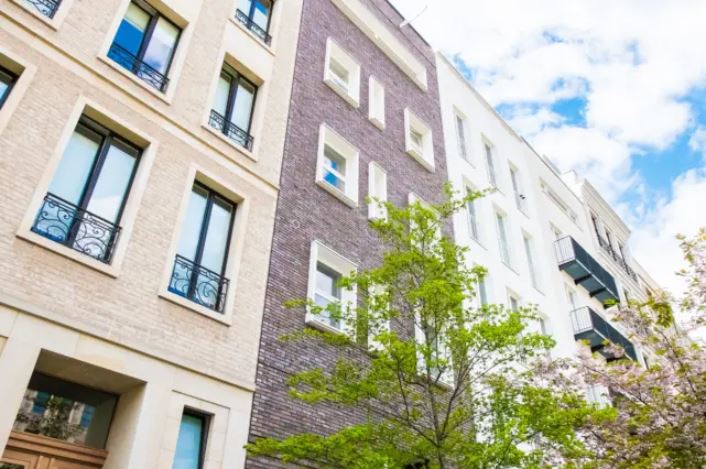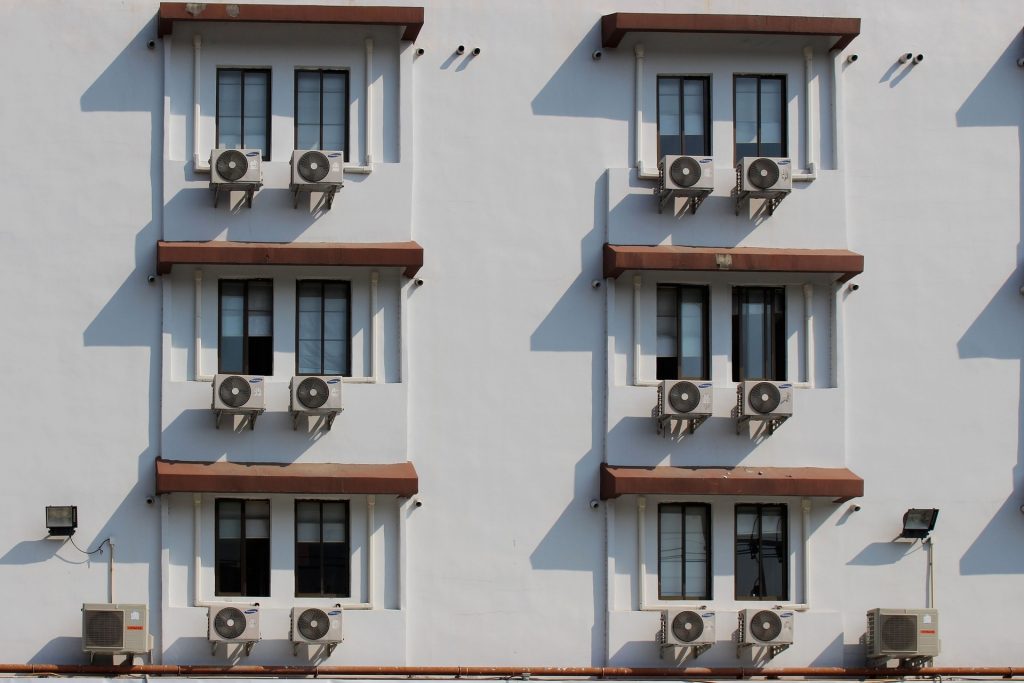Introduction: Churches are not just buildings; they are places of worship, reflection, and community. The design of a church is

Condos and apartments tend to have unique cooling and heating needs. However, meeting these needs to provide comfort to the tenants may end up costing you too much money. That’s why you should consider implementing an HVAC design for multifamily residential buildings that work for your property.
Specifically, you should be looking at the following when installing an HVAC system in your multifamily property;

Cooling and heating
Finding buyers or attracting quality tenants to your condo or apartment building can be challenging, especially if you don’t have the right amenities. Surprisingly, most building owners install electrical baseboard heating in each unit or a central heating system throughout the whole building but forget to install a cooling system. As a result, tenants are forced to put in unappealing window units or stay hot during summer.
You can avoid these by adopting an MEP design for condos and apartment buildings that combine both cooling and heating. This will offer tenants as much comfort as possible while preserving the building’s aesthetics.
A good example of a heating & cooling system is a ductless HVAC design for condos and multi-family apartment buildings. It will ensure that each home has an air handler that blows cold or warm air depending on the season. Even better, you can use this feature as leverage when advertising the condo or apartment to buyers and tenants.
Zones
One of the most important decisions you need to make when creating MEP design for multifamily or apartment buildings is whether you’ll be supplying the building with individual or shared services.
In terms of cooling and heating, individual services are usually the best option. That way, the tenants in each residential unit can easily control their thermostats to keep their homes at a comfortable temperature that meets their needs. Moreover, this means that you don’t have to be concerned about the expense of unnecessarily cooling and heating empty condos or apartment units. At the same time, you can easily track the energy consumption of each residential unit and generate utility bills accordingly.
Compartmentalized Ventilation
As mentioned earlier, HVAC zones allow tenants to control their thermostats while letting the building manage track consumption for each unit. In addition, zones make it easy to compartmentalize ventilation throughout the entire multi-family building. Best of all, compartmentalized ventilation helps to improve indoor air quality, smoke control as well as fire safety.
Compartmentalizing interior ventilation involves isolating condos and individual apartment units from elevator shafts, stairwells, and corridors. This helps to reduce the risk associated with a shared ventilation system. To accomplish this, you’ll need an HVAC design for apartment buildings that ventilate each unit through an exterior wall instead of an interior pressure boundary between common areas and units.
HVAC system’s Efficiency
An efficient HVAC design for apartment buildings is important, regardless of whether HVAC costs are part of the tenant’s rent or you’re billing them separately based on their energy usage. Choosing a heat pump with inverter technology and a variable speed compressor will reduce energy usage and help you save more money than other options.
Quiet Operation
When choosing an MEP design for apartment buildings or condos, you also need to consider the noise produced by the HVAC units. Generally speaking, you should choose an HVAC system with interior and exterior components that run as quietly as possible.
Building Software Integration
Look for special software that allows you to monitor the HVAC units in your condos or apartment buildings. Ideally, this should be a cloud-based program that allows you to change the system remotely and alerts you about malfunctions. In addition, you should choose an HVAC system with a program that is easy to integrate into the energy management systems of your multi-unit building. That way, you can easily control everything from one portal.
Minimal Footprint
Installing an HVAC system with a minimal footprint is a great way to optimize spaces in your apartment building. Outdoor equipment like heat pumps and condensers should easily fit on the roof, window ledge, or next to the building. Similarly, the interior HVAC units should take up less space in each condo or apartment unit.
You can easily accomplish this goal using a multi-unit ductless system. The system has a slim outdoor unit that is connected to one of the multiple indoor air handlers that are discreetly installed over doorways, floors, or walls.
Master Controls
At times, you may not want the tenants or occupants in your condos or apartment building to have all the temperature control. For example, you may want to maintain the temperature in the building above a specific level during winter to prevent water pipes from freezing when the tenant turns off their heating unit or goes out of town.
To prevent this problem, you’ll need a multi-unit HVAC design for apartment buildings with master controls. This will allow you to define the parameters for low and high temperatures. However, the tenants will still have more control over the thermostats in their apartment units.
Final Word
In addition to these considerations, make sure you work with a professional and experienced HVAC specialist when choosing an HVAC system for your existing or newly built condos or apartment buildings.
At Innodez, our HVAC engineers have extensive experience creating MEP designs for condos and apartment buildings to meet the cooling & heating needs of various commercial clients. Contact us today and let our experts guide you towards finding the perfect HVAC system for your condos or apartment building in California.
About Author
InnoDez